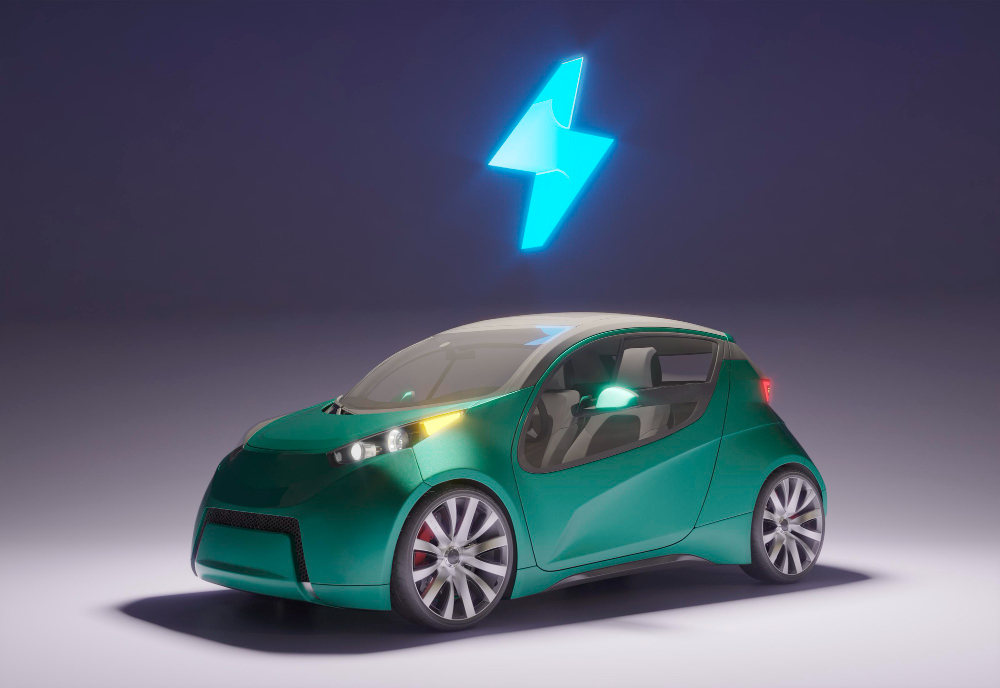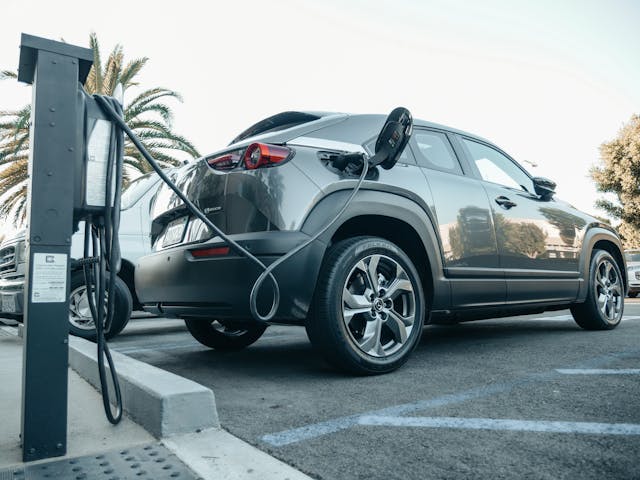How Electric Vehicles Are Reshaping Global Transport in 2025
Electric vehicles (EVs) are no longer a future idea—they are transforming transportation worldwide today. In 2025, EVs are changing how people, goods, and services move, impacting everything from city planning to environmental goals. Let’s explore the major ways electric vehicles are reshaping global transport this year.

EV Adoption Is Accelerating Fast
More countries and cities are pushing for cleaner transport by encouraging EV use. Governments offer incentives like tax breaks, subsidies, and stricter emission rules on gas-powered cars. This has helped EV sales grow rapidly, making electric cars, buses, and trucks a common sight on roads across North America, Europe, Asia, and beyond.
Charging Infrastructure Expands Rapidly
One big challenge for EVs has been charging availability. In 2025, the number of public charging stations has grown exponentially:
- Fast chargers are now common along highways and urban centers.
- New wireless and ultra-fast charging technologies make charging quicker and more convenient.
- Smart charging systems help manage demand and reduce stress on power grids.
Better infrastructure is reducing “range anxiety” and making EVs easier to own.
EVs Power Public Transit and Freight
Electric buses and trucks are transforming public transportation and delivery services:
- Cities are replacing diesel buses with quiet, zero-emission electric models.
- Logistics companies use electric vans and trucks for last-mile deliveries, cutting pollution in urban areas.
- Innovations like electric cargo bikes and scooters help with small deliveries in crowded cities.
These changes improve air quality and reduce noise pollution.
Battery Technology Breakthroughs
Advances in battery design are making EVs more affordable and practical:
- Solid-state batteries promise longer range, faster charging, and greater safety.
- Recycling and reuse programs are reducing environmental impact.
- Battery costs continue to drop, bringing EV prices closer to gas vehicles.
Better batteries mean more people and businesses can switch to electric transport.
Renewable Energy and Smart Grids Support EV Growth
Charging EVs with clean energy is key to maximizing their environmental benefits:
- Solar and wind power are increasingly integrated with charging stations.
- Smart grids balance electricity supply and demand, making charging efficient and reliable.
- Vehicle-to-grid technology lets EVs send energy back to the grid when needed.
This creates a more sustainable and resilient energy system.
Challenges Remain
Despite progress, some hurdles still exist:
- Mining for battery materials needs to become more ethical and sustainable.
- Power grids must be upgraded in many regions to handle growing electricity demand.
- Governments and companies must work together on policies and standards for EVs.
Addressing these issues is critical for the long-term success of electric transport.
What This Means for the Future
Electric vehicles are reshaping global transport by:
- Cutting greenhouse gas emissions and improving air quality.
- Reducing reliance on fossil fuels.
- Changing how cities design roads, parking, and public transit.
- Creating new jobs and industries around clean transport technologies.
EVs are no longer a niche choice—they are central to building cleaner, healthier, and more efficient transportation systems worldwide.

Final Thoughts
In 2025, electric vehicles are accelerating a major shift in how we move. With growing adoption, better batteries, expanded charging networks, and integration with renewable energy, EVs are reshaping global transport for the better.
This transformation offers exciting opportunities and challenges but promises a future with cleaner air, quieter streets, and more sustainable travel—benefiting people and the planet alike.












